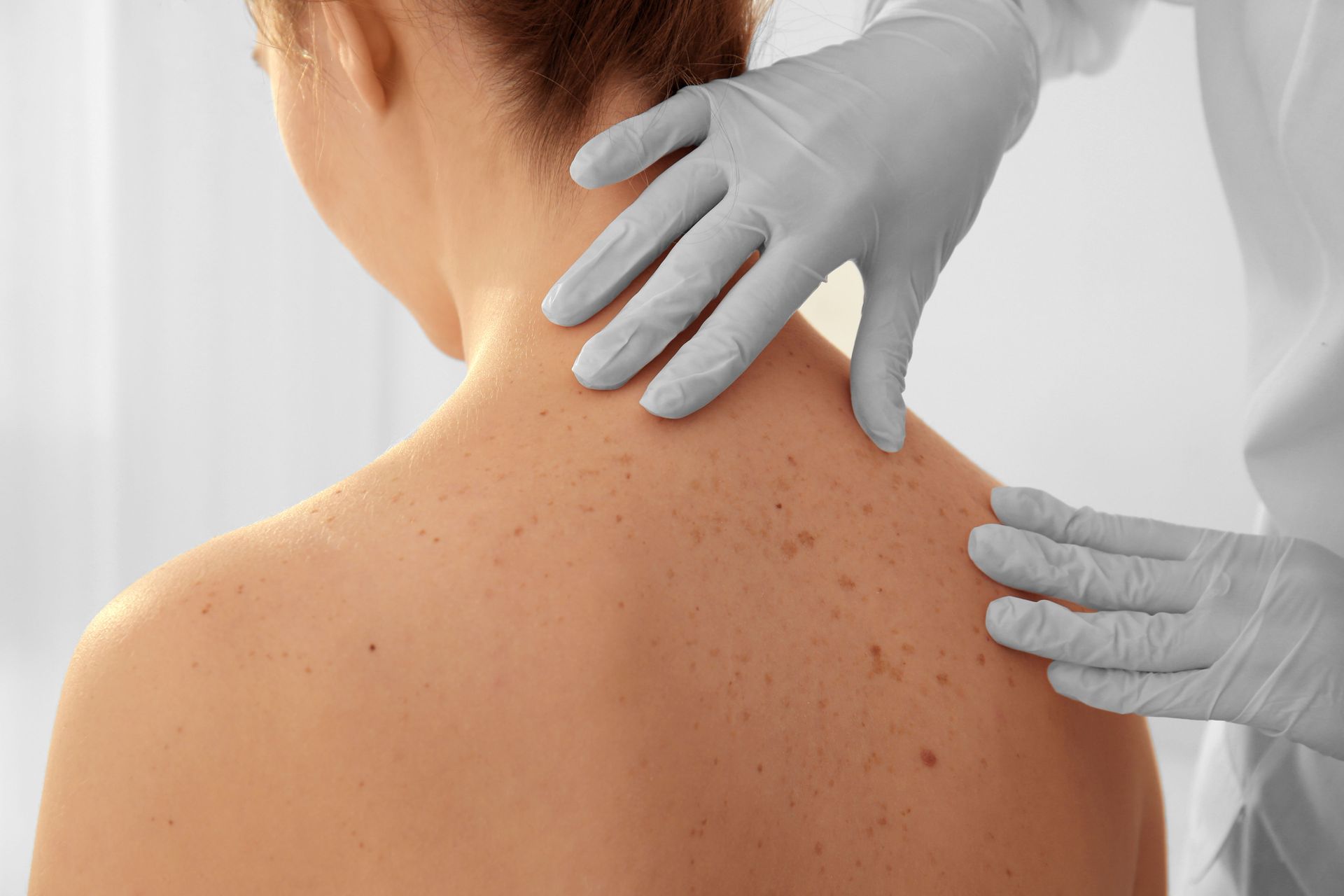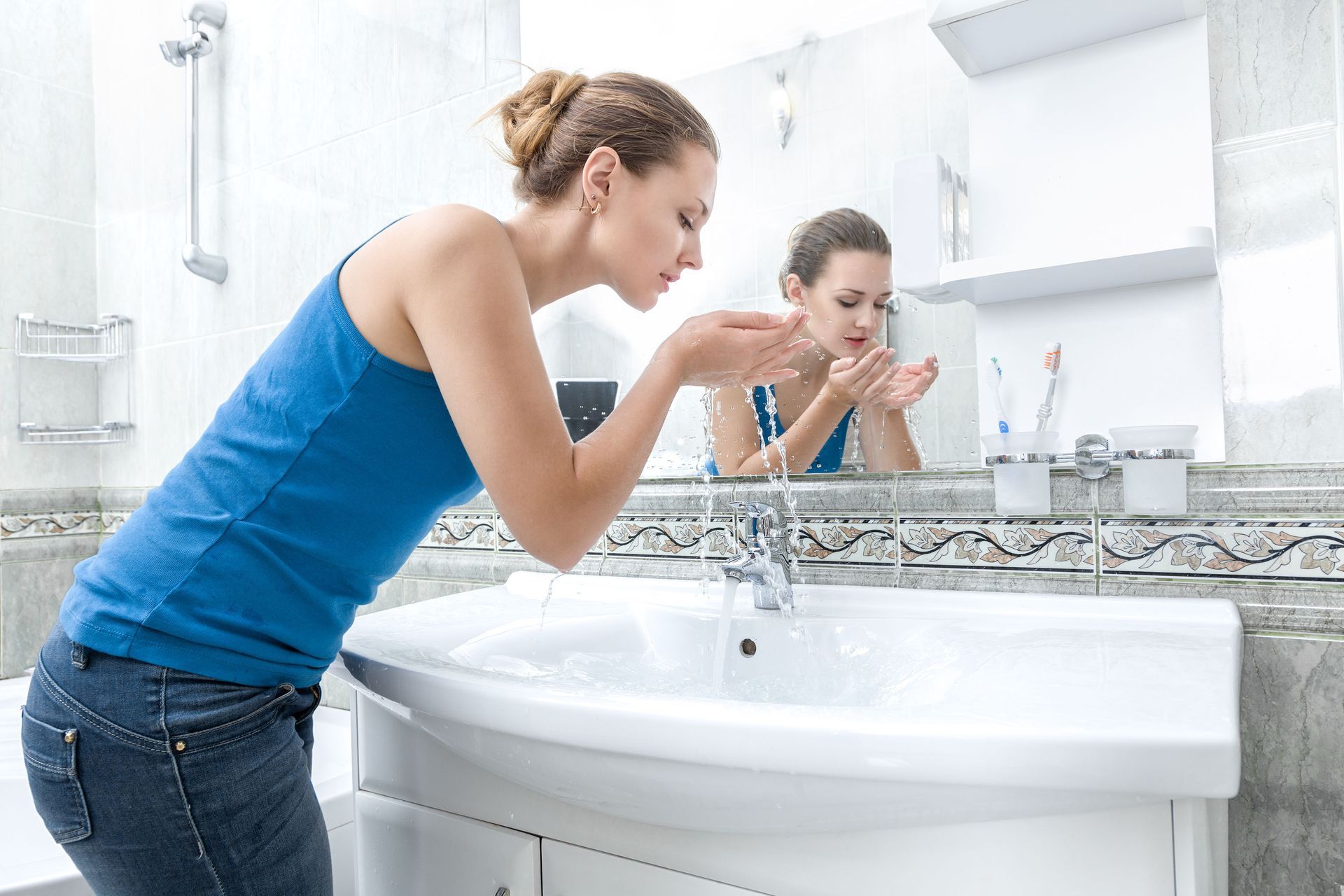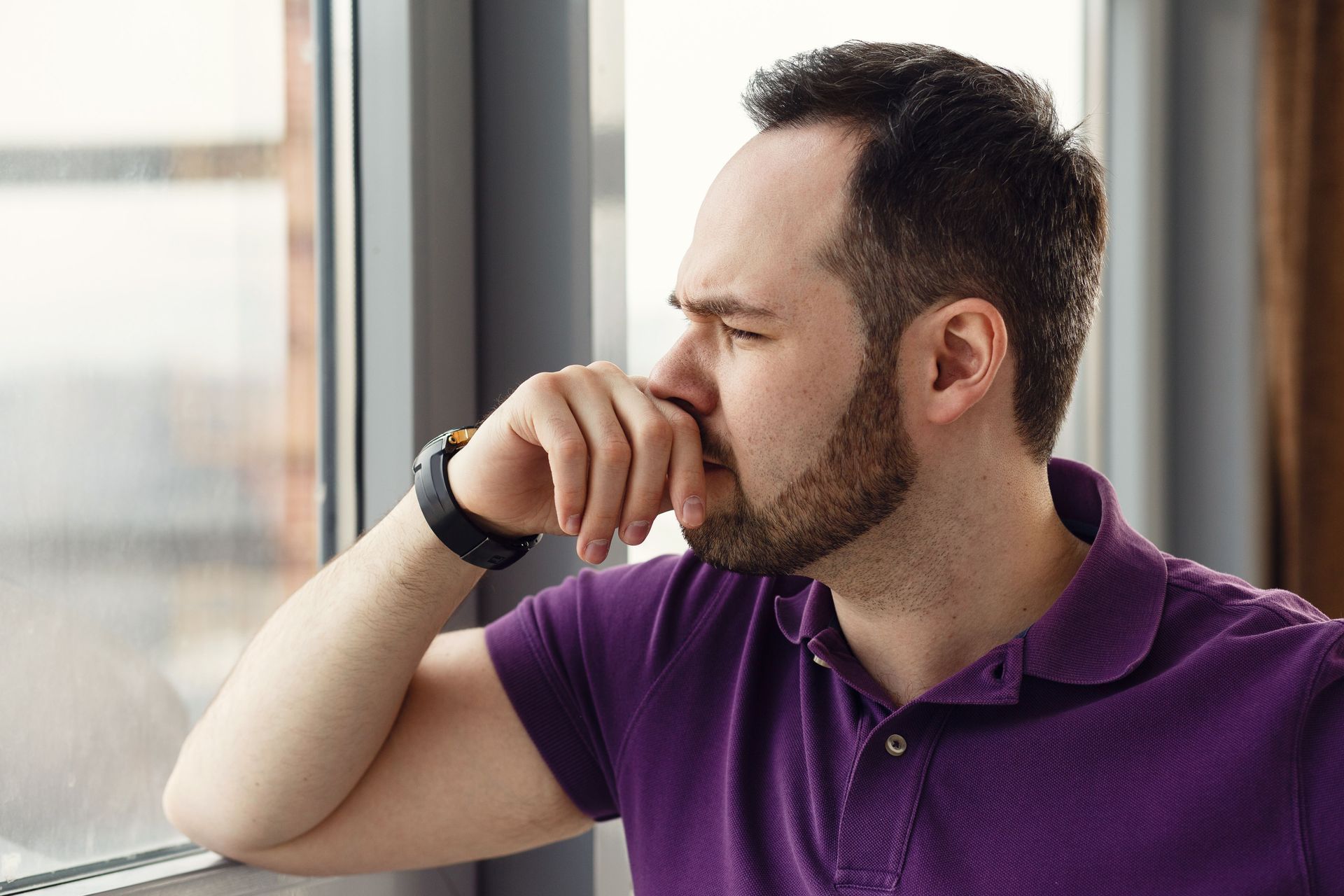Blog
Kureology M.D.

Skin undergoing radiation therapy, chemotherapy, or managing chronic sensitivity requires more than surface level care. Hydration plays a critical role in protecting the skin barrier, reducing irritation, and supporting the body’s natural healing process. For patients experiencing radiation dermatitis, eczema, or treatment related dryness, maintaining proper hydration can make a noticeable difference in comfort and skin resilience. How Cancer Treatments Affect Skin Hydration Radiation and chemotherapy disrupt the skin’s ability to retain moisture. As the skin barrier weakens, water loss increases, leading to dryness, flaking, tightness, and irritation. This dehydration can slow healing and make the skin more vulnerable to breakdown and infection. Internal Hydration and Skin Recovery Drinking enough fluids supports circulation and delivers nutrients to the skin. Proper hydration helps skin cells function more effectively and supports repair from the inside out. While hydration alone cannot prevent treatment related skin changes, it is a foundational part of overall skin health during and after treatment. External Hydration for Compromised Skin Topical hydration is essential when the skin barrier is compromised. Applying gentle, nourishing moisturizers helps reduce moisture loss, calm inflammation, and protect sensitive areas from friction and environmental stressors. Kureology M.D. specializes in skincare products designed specifically for radiation dermatitis, eczema, and sensitive skin. Their formulations focus on restoring hydration, supporting the skin barrier, and avoiding harsh additives that can worsen irritation. When and How to Apply Moisturizers For best results, moisturizers should be applied consistently throughout the day, especially after cleansing or bathing while the skin is still slightly damp. This helps lock in moisture and provides longer lasting relief from dryness and discomfort. Signs Your Skin Needs More Hydration Patients may benefit from increasing hydration if they notice: Tight or uncomfortable skin Increased flaking or peeling Redness or heightened sensitivity Cracking or delayed healing Addressing dryness early can help reduce the severity of skin reactions during treatment. Supporting Healing with the Right Skincare Hydration is not just about comfort—it is a key part of protecting vulnerable skin during cancer treatment. Using products formulated for medically sensitive skin helps ensure that hydration supports healing rather than causing further irritation. Kureology M.D. is committed to providing specialized skincare solutions for patients navigating radiation dermatitis and ongoing skin sensitivity, helping support healthier skin through every stage of treatment and recovery.

Cancer treatments like chemotherapy and radiation can weaken your skin’s natural barrier, leaving it more vulnerable to irritation and infection. When the skin becomes dry, cracked, or broken, bacteria can enter more easily—leading to discomfort and delayed healing. Understanding how to care for your skin properly during treatment can help prevent infections and support your overall well-being. Why Skin Infections Are Common During Treatment Radiation and chemotherapy target rapidly dividing cells, which includes not only cancer cells but also healthy skin cells. This slows your skin’s ability to repair itself. As a result, small irritations or wounds can take longer to heal, and the immune system may not be as strong in fighting off bacteria. Keep the Skin Clean—But Gentle Cleanliness is essential, but it’s important to avoid over-cleansing. Use a mild, fragrance-free cleanser and lukewarm water. Avoid scrubbing or using harsh washcloths. Gently pat the skin dry with a soft towel to prevent further irritation. Moisturize to Maintain the Skin Barrier Dry and cracked skin is more prone to infection. Apply a soothing, oncology-safe moisturizer several times a day, especially after cleansing. Look for gentle formulas that contain ceramides, glycerin, or aloe vera. Moisturizing regularly helps reinforce the skin’s natural defenses. Watch for Early Signs of Infection Even minor irritation can quickly turn into an infection if not treated. Contact your healthcare provider if you notice: Redness that spreads or worsens Swelling or warmth in the affected area Pus, fluid, or scabbing that doesn’t heal Increased pain or fever Prompt attention can prevent small issues from becoming more serious. Avoid Irritants and Friction Wearing soft, breathable fabrics can help reduce irritation. Avoid tight clothing or materials that trap heat and moisture. Stay away from perfumed lotions or harsh chemicals that can disrupt the skin barrier. Kureology M.D.: Gentle Care for Vulnerable Skin Kureology M.D. specializes in skincare products for sensitive and compromised skin, including those undergoing cancer treatments. Our dermatologist-developed formulas help maintain hydration, reduce irritation, and support healing—providing an extra layer of protection against infection.









Share On: